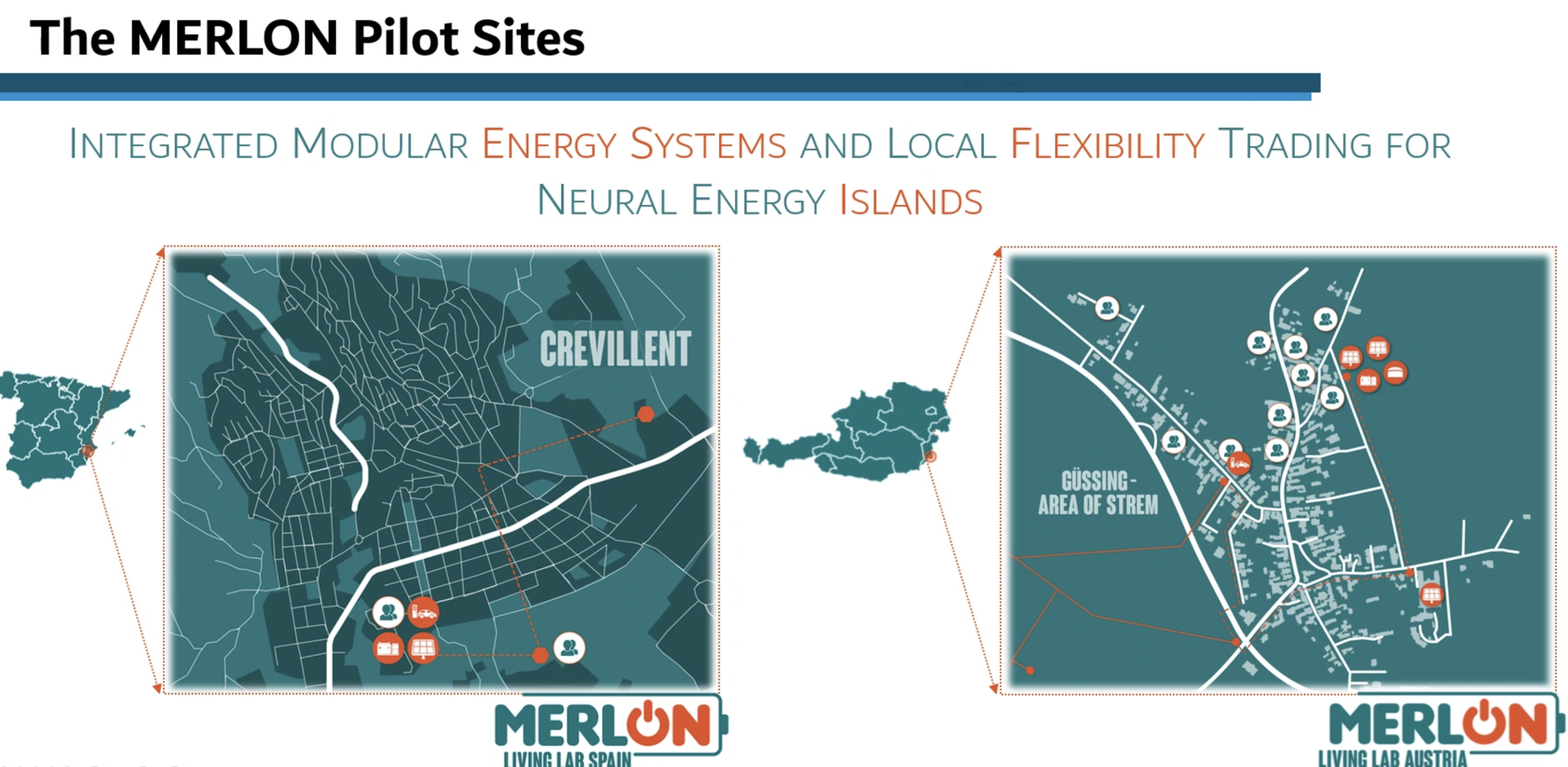Energy communities in the EU & UK: challenges and opportunities
Have you ever imagined a dwelling where residents produce their own energy by implementing renewable installations and smart devices? Dwellers participate in the market as well and manage how and when to consume. They are called energy communities and are spreading across Europe and the UK.
Some weeks ago TwinERGY organised a dedicated workshop with partner projects under the H2020 Bridge initiative on the role of energy communities and the benefits of their services. Experts and researchers shared their insights and reflections on how projects can boost citizen’s role in the industry by showing pilot demonstrations where communities are already taking action. Let’s analyse some statements and main points of the session.
Different regulations and roles for Energy Communities
TwinERGY’s member of the coordinating team Mr. Anastasios Karameros from the University of Patras opened the discussion presenting an overview of the experience gained from dealing with issues related to “service provision by energy communities” based on the data analysed for the report on regulations, which will be released later this year. Some of the recommendations regarding the legislative framework were: streamlining the services communities can offer, better coordination of their interactions with citizens and DSOs and enable access to funding programmes for their further development.
Professor Dr. Wilhelm Süßenbacher from the University of Applied Sciences Upper Austria and Dr. William Throndsen (H2020 Sender project) explained a methodological framework that puts consumers at the heart of the processes related to the creation and the selection of the services provided by an Energy Community. In other words, the citizens themselves decide on the the type of the services they would like to see developed in their Energy Community. Adding on the importance of these services, Mr. Benjamin Peters, project manager from the H2020 Platone project pointed out the important role that communities can play in the grid.
Communities as a driving force for reactivation
Professor Dimitros Katsaprakis from the Hellenic Mediterranean University outlined the power of these communities to overcome the problem of energy poverty. By presenting the Minooan Energy Community in Crete, the expert highlighted how Energy communities can work as a relief mechanism towards bringing the community back on track in times of crisis. This area is located in Arkalochori, in Crete, and suffered from an earthquake last year.
But, how do energy projects create a community?
Following this idea, Mr. Vasileios Chantziaras, president of the ChalkiON Energy Community, listed the steps and the challenges that they faced in terms of regulatory reformations. In that sense, regulations varied between the European countries. For instance, despite the fact that Spain has recently updated its regulatory framework regarding Energy Communities as Mr. Antonio Soler, coordinator of the Iasolar community in Spain (H2020 ACCEPT project), explained, there are still regulatory barriers that communities face, that prevent them from becoming better over time. Alternatively, the UK has different directives than the EU regarding the legal framework. Mr. Pete Capener, co-founder and Managing Director of Bath & West Community Energy (H2020 Redream project) presented their pilot in the UK and emphasised on the need for funding by private investors for the communities, in order to be able to develop and deliver novel services to their citizens.
Pilot sites were the action is taking place
TwinERGY pilots also had their opportunity to share with the attendees how they are trying to involve communities into the project. Mr. Maxim Friesen, researcher from the TH OWL, and Mr. Luigi Sechi, electrical engineer from STAM SRL, showcased how communities are sharing energy storages and improving their self-consumption by using the project integrated platform, which is enabled by innovative technologies like the one of Digital Twins. A comparison with the TwinERGY’s pilot in Italy, was made by professor Anna Pinnarelli and Dr. Pasquale Vizza from University of Calabria showcasing the pilot they are working on as part of the ebalanceplus project, noting that despite the fact that both operate under the same legal framework, each energy community utilised different sets of their special characteristics to be able to provide novel services to its users.
Last but not least, Dr. Nikolaos Chrysanthopoulos, member of the H2020 Merlon project, shared recommendations and barriers on the legislative framework, resulting from the project activities and focusing on matters like how energy is being supplied during emergencies and the inefficient regulation coverage around export of locally generated power.
With all these considerations being exchanged, the workshop was a great opportunity to discover how other energy projects tackle the role of energy communities in their countries and the excellent work they are undertaking.
TwinERGY appreciates all the attendees for their participation and inspirational ideas!







